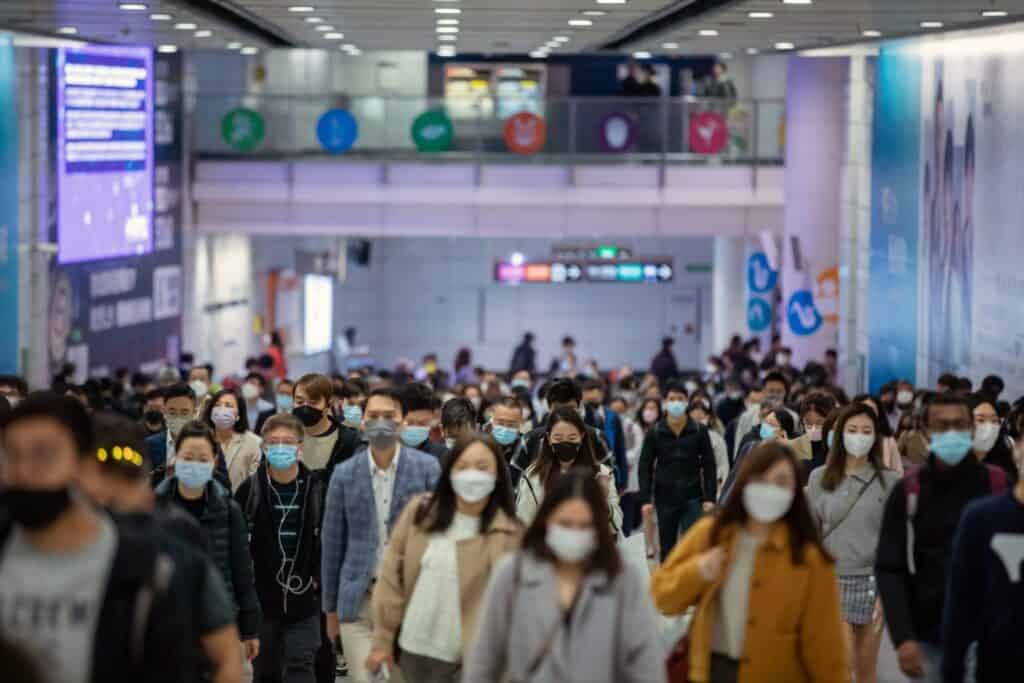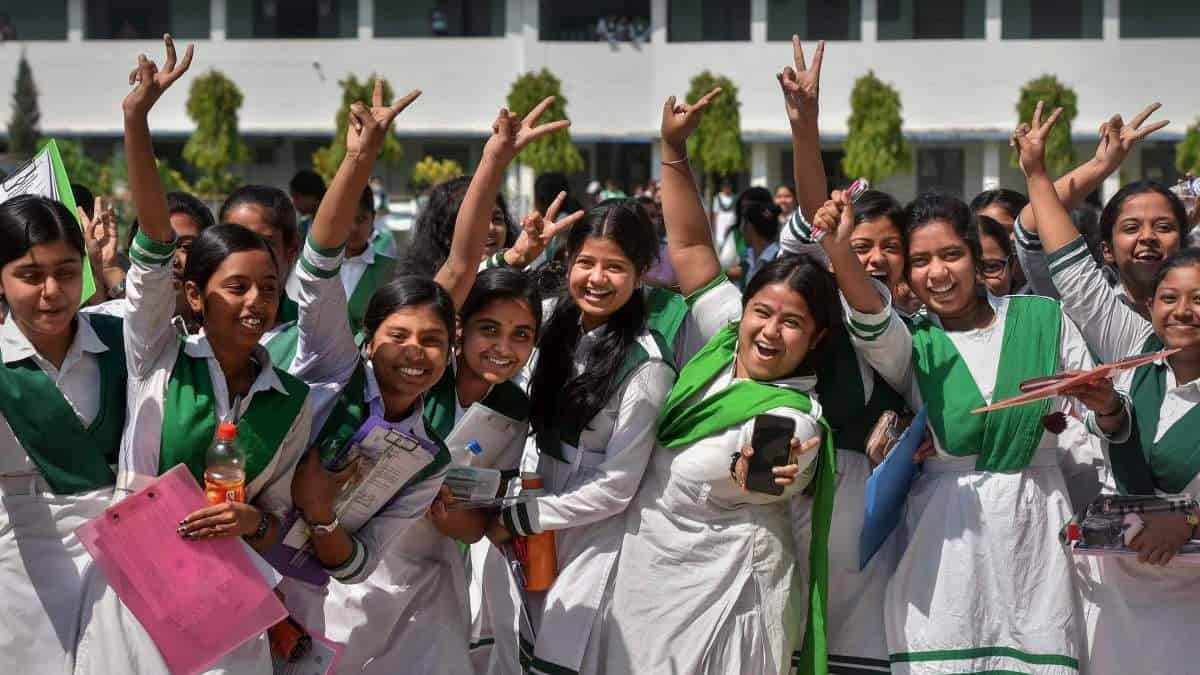Singapore is currently experiencing a significant resurgence in COVID-19 cases, marking the most substantial increase since the pandemic’s earlier waves. In the week ending May 3, 2025, the Ministry of Health (MOH) reported an estimated 14,200 new cases, a 28% rise from the previous week’s 11,100 cases. Hospitalizations also saw a notable uptick, with average daily admissions increasing from 102 to 133. This unexpected wave has raised public concern and prompted health authorities to intensify mitigation efforts.
While Singapore had been gradually returning to pre-pandemic norms, the current outbreak has served as a stark reminder that COVID-19 remains a global health threat. Citizens are now reevaluating their daily routines, and businesses are beginning to reconsider in-office mandates and hybrid policies.
Current Situation
The recent surge is attributed to several factors:
- Waning Immunity: Over time, the protective effects of previous vaccinations and infections diminish, making individuals more susceptible to reinfection. Many individuals who received their booster shots in 2023 have not yet updated their protection.
- Emergence of New Variants: The LF.7 and NB.1.8 subvariants, both descendants of the Omicron JN.1 strain, are now the predominant strains in Singapore, accounting for over two-thirds of locally sequenced cases. These variants appear to have higher transmissibility and moderate resistance to earlier vaccine formulations.
- Seasonal Factors: Contrary to earlier beliefs that warmer months would suppress the virus, the current rise during Singapore’s typically hot season suggests that COVID-19 transmission is less influenced by temperature than previously thought.
- Relaxation of Preventative Measures: With declining case numbers over the past year, mask mandates, safe distancing rules, and remote work arrangements had been significantly eased. These relaxations may have contributed to the current resurgence.
Symptoms and Public Health Response
The prevalent symptoms in this wave mirror those of earlier Omicron infections, including:
- Cough and sore throat
- Nausea and vomiting
- Brain fog
- Conjunctivitis
In response, the MOH has intensified surveillance efforts, including wastewater testing, which has detected increased viral loads, indicating broader community transmission. Healthcare facilities are currently managing the increased patient load, and the average daily Intensive Care Unit (ICU) cases have slightly decreased from three to two, suggesting that while infections are rising, severe cases remain relatively stable.

Additionally, polyclinics have been instructed to expand capacity by extending operating hours and deploying more frontline staff. Temporary testing centers are being reactivated in select neighborhoods with high transmission rates, and telemedicine services are being promoted to manage non-severe cases remotely.
Impact on Healthcare Workers
Healthcare workers in Singapore are once again facing significant stress. Many are working overtime, and hospitals are ramping up mental health support services for frontline staff. The Singapore Nurses Association released a statement urging the public to remain patient and cooperative, especially at overcrowded emergency departments.
Dr. Clara Tan, an infectious disease specialist at the National Centre for Infectious Diseases (NCID), noted, “We are seeing an uptick in exhaustion among our healthcare professionals. Unlike the earlier waves, many are now dealing with cumulative burnout.”
Regional Context
Singapore’s situation is part of a broader regional trend. Hong Kong has reported its highest positivity rate in over a year, with 31 severe cases recorded in the week ending May 3. Similarly, China and Thailand are experiencing increased infections, with China approaching levels seen during the previous summer’s peak and Thailand reporting clusters following the Songkran festival in April.
Across Asia, health authorities are reassessing their strategies. In Malaysia, authorities are preparing for a possible return to remote schooling in certain states. Japan has expedited its distribution of updated booster vaccines, and Indonesia is scaling up genome sequencing to better understand the new variants.
Vaccination and Public Guidance: COVID-19
Singapore boasts a high vaccination rate, with over 92% of its population having completed the initial vaccination regimen. The current vaccines are formulated against the JN.1 variant, which is closely related to the circulating LF.7 and NB.1.8 subvariants. The MOH advises high-risk groups, including the elderly and those with underlying health conditions, to receive booster shots to enhance protection.
A new national booster campaign has been launched targeting individuals aged 50 and above. Mobile vaccination units are being dispatched to community centers and public housing estates to reach vulnerable populations.
Meanwhile, public service announcements have returned to mainstream media, encouraging citizens to stay home if symptomatic, wear masks in crowded settings, and avoid non-essential gatherings.
Economic Impact: COVID-19
Although Singapore’s economy remains resilient, the latest wave has begun to impact consumer behavior and business sentiment. The Singapore Business Federation reported that 43% of small and medium-sized enterprises (SMEs) have seen a decline in foot traffic and revenues over the past two weeks.

Travel-related sectors such as hospitality, tourism, and aviation are particularly concerned. Changi Airport saw a 9% dip in passenger traffic compared to the previous month. Travel advisories for inbound tourists have been updated, and some events, including conferences and concerts, have been postponed or shifted online.
The Ministry of Finance has not ruled out introducing temporary support schemes if the wave continues into the second half of the year. Economists caution that while a full-scale lockdown is unlikely, prolonged uncertainty could dampen Singapore’s 2025 growth projections.
Education and Youth Concerns
Primary and secondary schools remain open but have reinstated mask mandates and hybrid learning options. The Ministry of Education emphasized that closures will be considered only if necessary, and schools have been instructed to ensure that ventilation and hygiene protocols are strictly followed.
University students are also experiencing disruptions, with some institutions moving exams and lectures online. Youth anxiety levels are rising as students worry about the long-term impact of continued interruptions to their education and social development.
Comparison to Previous Waves
When compared to the Delta wave in 2021 and the Omicron wave in early 2022, the current surge shows unique characteristics. While infection numbers are high, hospitalization and fatality rates remain relatively low — a testament to widespread vaccination and improved public health protocols.
However, this wave has demonstrated the virus’s ability to evolve and bypass earlier immunities. Health experts warn that complacency could lead to further surges. The importance of multi-layered strategies — including vaccination, masking, testing, and personal responsibility — is once again in focus.
Government Strategy and Long-Term Outlook
Singapore’s COVID-19 Taskforce has outlined a five-point strategy to manage the current wave:
- Accelerate the booster rollout, especially among seniors.
- Expand surveillance through wastewater testing and contact tracing.
- Reinforce healthcare capacity with temporary staff deployments and infrastructure enhancements.
- Enhance communication with the public through transparent updates and guidelines.
- Collaborate internationally to monitor variant evolution and coordinate responses.
Prime Minister Lawrence Wong has called for calm and resilience, stating, “We have faced this virus before and we will overcome this wave, too. Our people know what to do — stay vigilant, get vaccinated, and care for each other.”
Public Sentiment and Social Media Trends
Social media platforms are abuzz with conversations around the new wave. While some express frustration over the return of restrictions, others are praising the government’s proactive response. Hashtags like #StaySafeSG and #CovidWave2025 are trending on platforms like Twitter and TikTok.
Influencers and healthcare professionals are teaming up to share factual information, bust myths, and promote responsible behavior. The digital community is playing a vital role in shaping public discourse during this challenging time.
The recent surge in COVID-19 cases in Singapore underscores the virus’s persistent threat and the importance of continued vigilance. While the healthcare system is currently coping with the increased demand, the situation serves as a reminder of the need for ongoing public health measures, vaccination efforts, and community awareness to mitigate the impact of COVID-19.
Singapore’s multi-pronged approach, bolstered by science, transparency, and citizen cooperation, will be crucial in steering the nation through this wave. As always, unity and empathy remain the city-state’s greatest strengths.
For the latest updates and guidelines, residents are encouraged to consult the Ministry of Health’s official communications and verify all information through trusted sources.




2 thoughts on “Singapore COVID-19 Cases Reported in 2025”